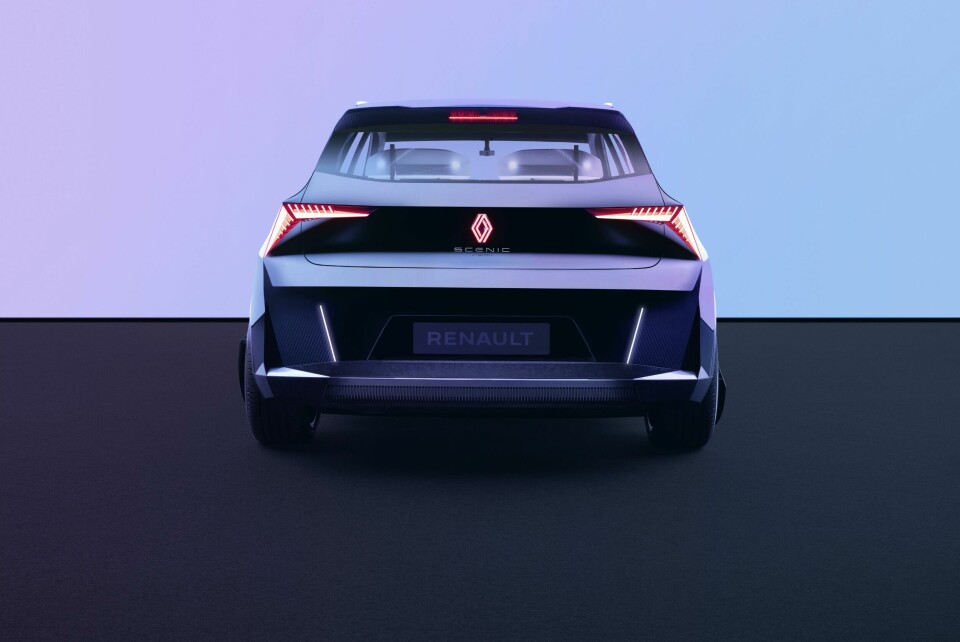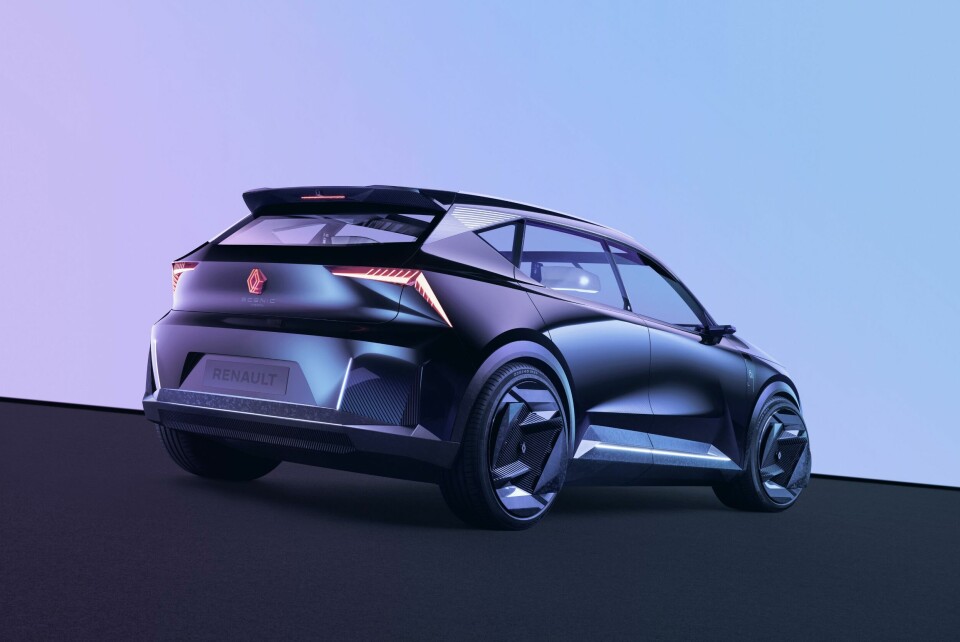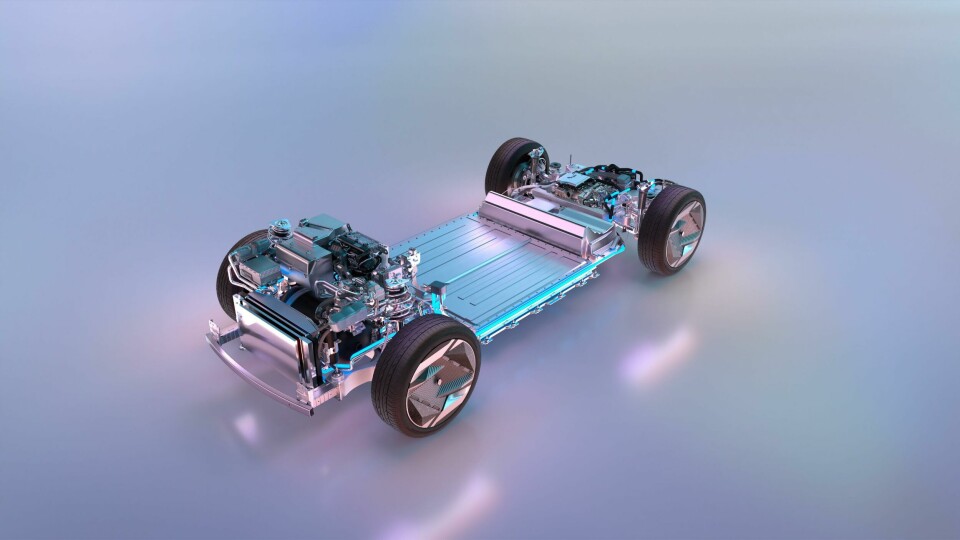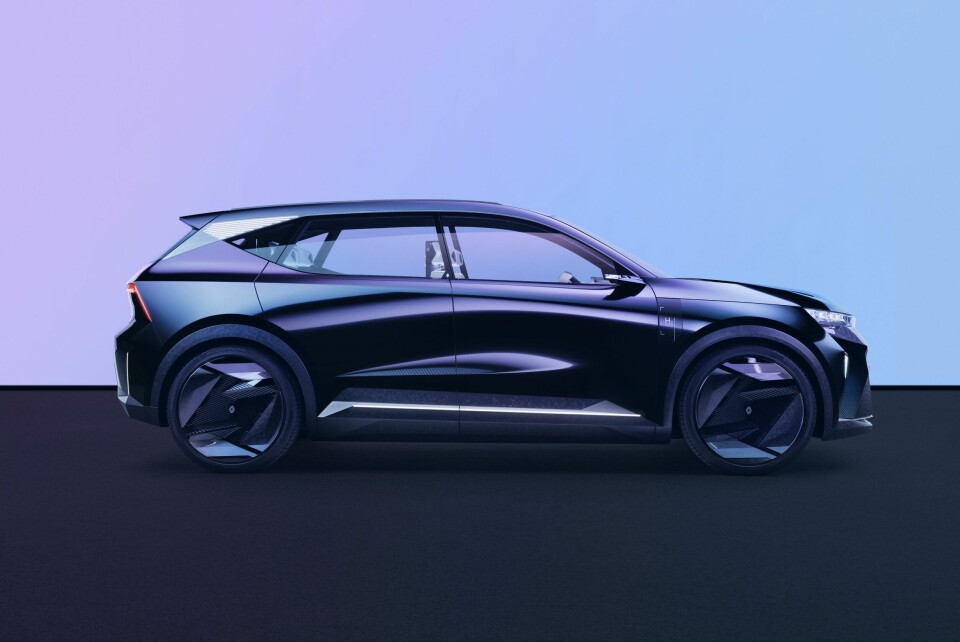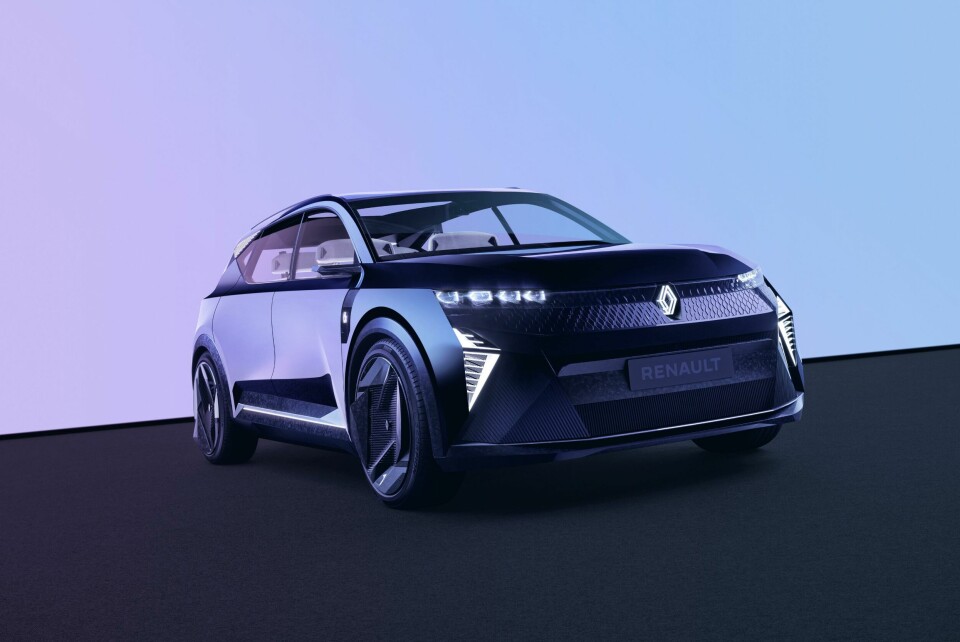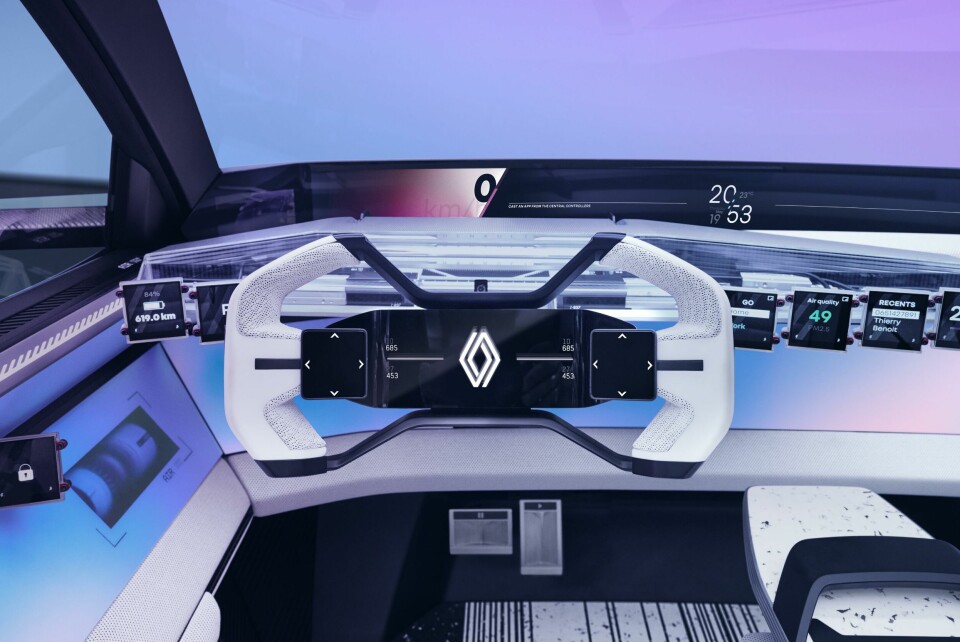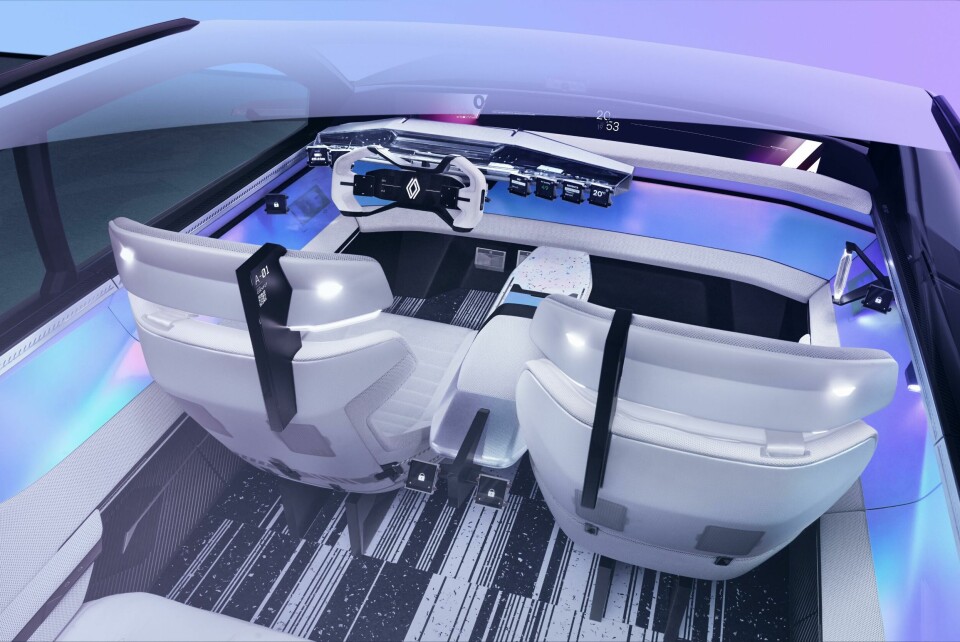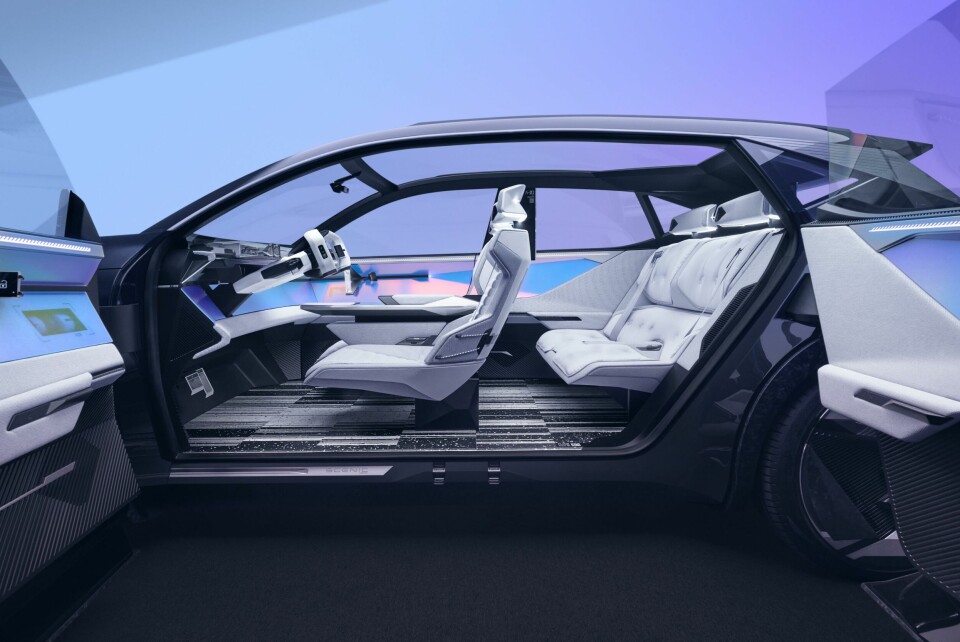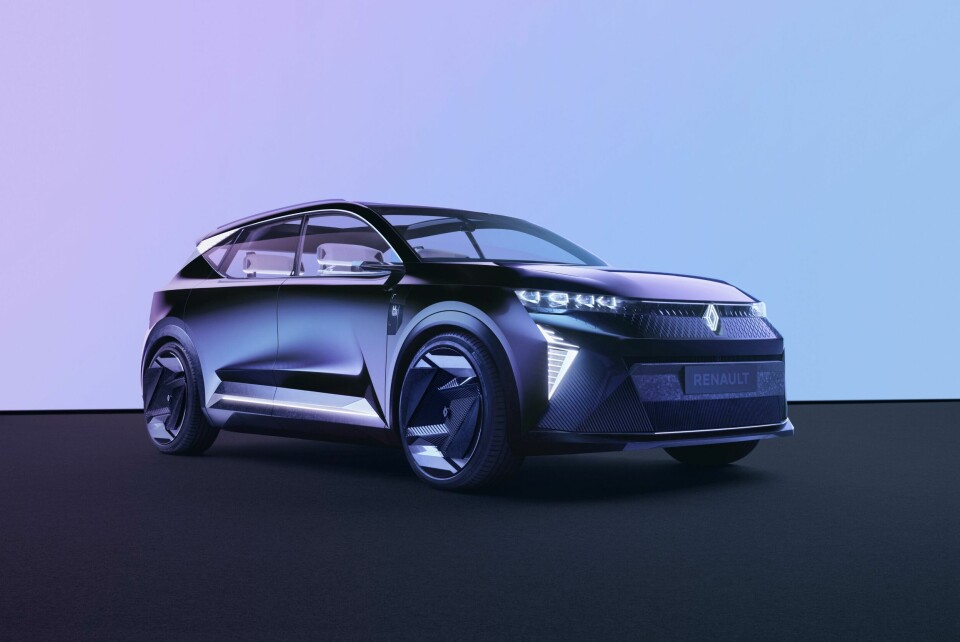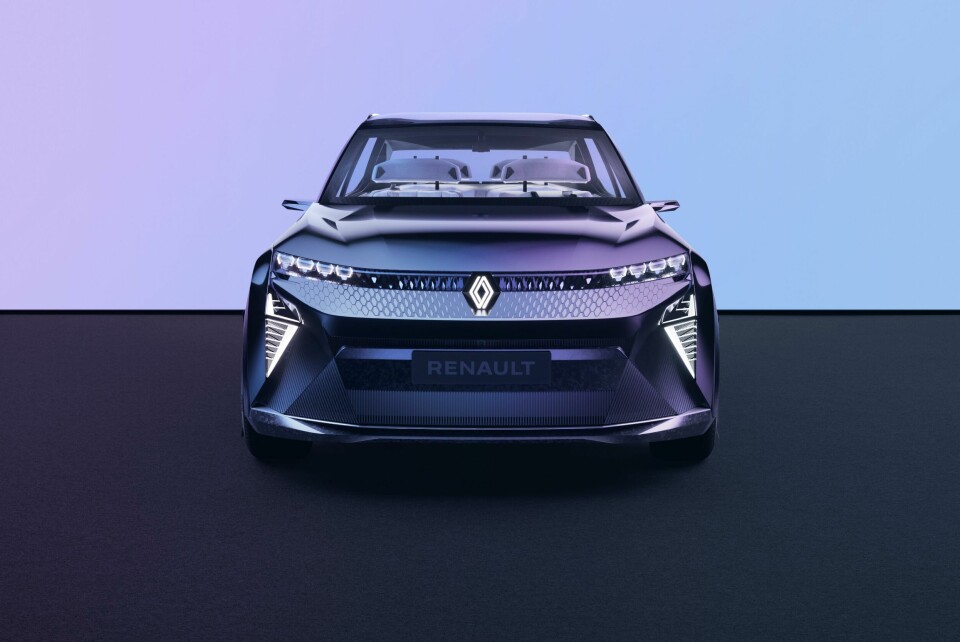
One for all: Renault unveils Scenic Vision concept
The stocky SUV is described as the rebirth of a legend following the original family-first Scenic MPV
Yoke steering wheel, modular cockpit and integrated heart monitoring: Renault’s Scenic Vision certainly ticks the right boxes for a concept car. But for all that tech, the overall brief was ultimately around inclusivity and sustainability.
Revealed in May, the concept is an indication of the brand’s new ‘responsible’ design approach moving forward. The team behind the sharp-edged SUV says well-being and safety were also key priorities. Among other things, this is aided by a super-wide front windscreen; well-being technology and facial recognition; and seats that mould themselves to the passenger’s body shape. This is a car that “adapts to the driver and not the other way around,” says Renault interior designer, Vincent Turpin.
On the outside, the body is jagged, with a plethora of creases and sharp lines running from front to rear. At the back, the arches are lightly flared, presenting the appearance of a rally car. The body tapers upwards from the waistline to a much narrower roof, further emphasising its haunches. It is unapologetically stout. That aside, the design of the rear end is relatively restrained.
From side profile, all that width becomes less obvious, with a long wheelbase, short overhangs and a subtle rear spoiler creating a sleek, silhouette. Renault describes the concept as having “shapely curves” that complement its bulky lower body. Huge wheels leave virtually no room within the arches, giving the impression of a car that is far lower to the ground.
If it is business at the back, it is very much party at the front. Dripping with LED lighting and sharp angles, the Scenic Vision brings real stage presence. The badge is front and centre thanks to a bright backlight, while a thin line of beady LEDs accenting the headlights. It is a mean looking thing – and a world away from the friendly face of the original Scenic.
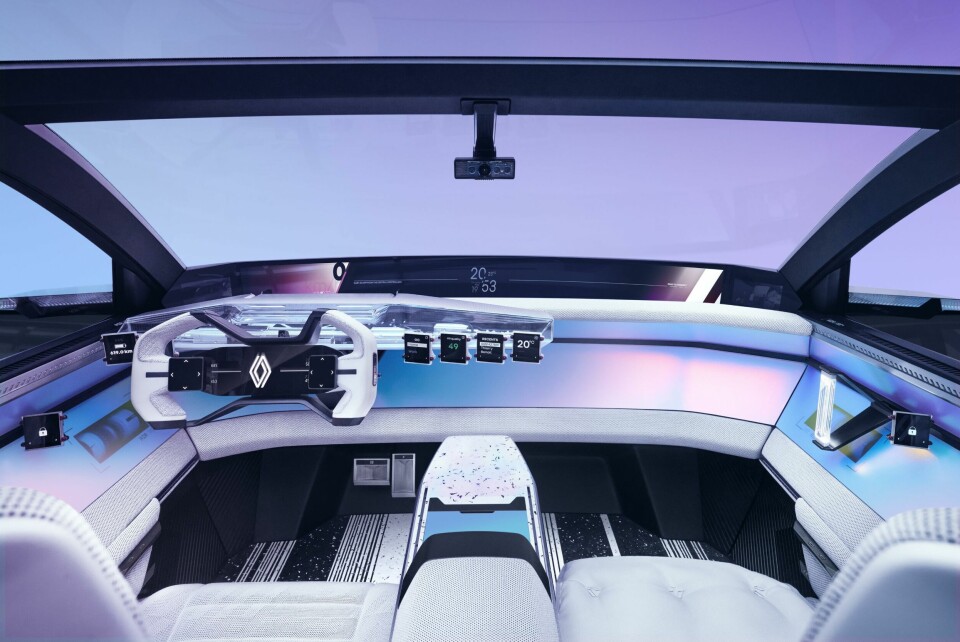
On the inside, lighting continues to dominate. The aim was to a feeling of space and natural brightness, with so-called ‘dichroic surfaces’ fitted to the door panels and dashboard. In effect, these surfaces reflect an array of colours when hit with direct light. Renault’s colour and materials designer, Eléonore Lebec, says it is about creating a “colourful atmosphere” and maximising on-board comfort. Elsewhere, LEDs flood otherwise dark spaces with warm tones in much the same way a hotel spa might use candles. A reading light has even been added to the front passenger’s door card for “added comfort.”
As a recent CDN livestream revealed, sustainable materials are becoming a prerequisite for new vehicles moving forward. As such, the Scenic Vision concept uses more than 70% recycled materials, and as a complete package is more than 95% recyclable. This feeds into the concept of a circular economy, where the use of expensive and carbon-intensive virgin materials is avoided. In addition, a hydrogen fuel cell and large battery pack combine to offer long-range zero emissions driving – more than 450 miles by Renault’s estimates.
There are other interesting design cues elsewhere. Terrazzo-style flooring gives a subtle Mediterranean feel to the interior, with the same pattern on the centre console beyond the armrest. The windshield also extends much lower than usual – widening the angle by seven degrees – to give the impression that the bonnet has disappeared. In effect, it means the driver can see more of the road. On what remains of the dashboard, a series of tiny individual displays fan out from the side of the steering wheel. Each screen shows its own widget, which can be configured by the driver. These control typical functions like music, navigation and temperature, while others are a little more niche, showing things like air quality and heartrate.
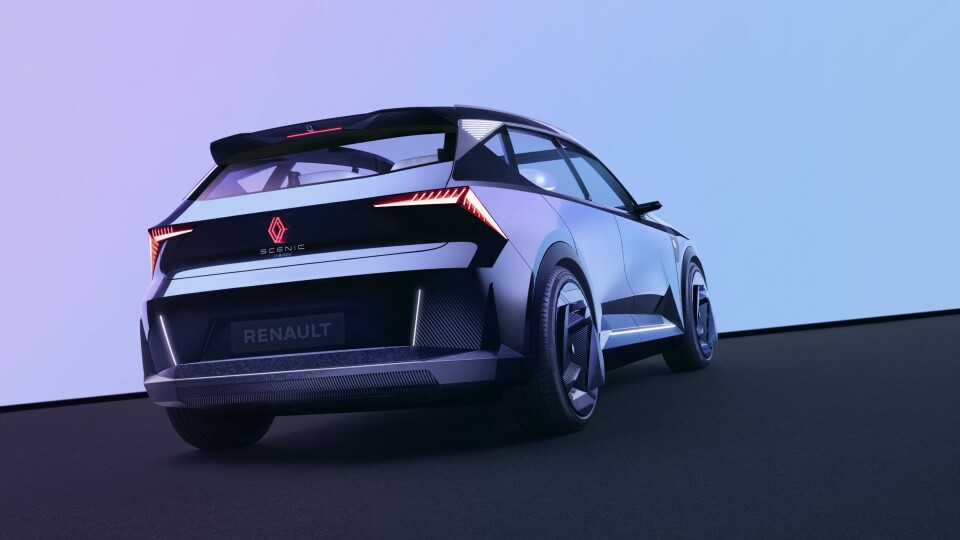
The Scenic Vision concept is all part of the ‘Renaulution’ underway at Renault Group as it adapts to new norms around vehicle ownership, evolving powertrains and heightened awareness of global warming. Crucially, the goal was to show how vehicles can become more inclusive for a wider range of potential users. Described by the automaker as being “more responsible and safer for the whole family,” the Scenic Vision is in fact being marketed not as a concept car, but as a “care car.”
Revealing the concept live at the ChangeNOW 2022 conference in Paris, Renault boss Luca de Meo outlined how it reimagines the “legend” that is the Scenic and is an indication of how the new-look model will take shape. “The original Scenic MPV was for everybody,” he explained. “It was the epitome of an inclusive car.”
Pointing to the car’s eco credentials, de Meo added the automotive industry must take a leading role on sustainability, as it is better prepared than most to bring tenable solutions to the table. “We as an industry are able to democratise technologies at scale,” he said. “We also make innovations that are solid and reliable, because once in a car, that technology cannot fail.”
